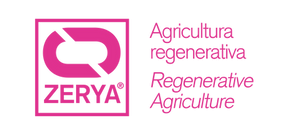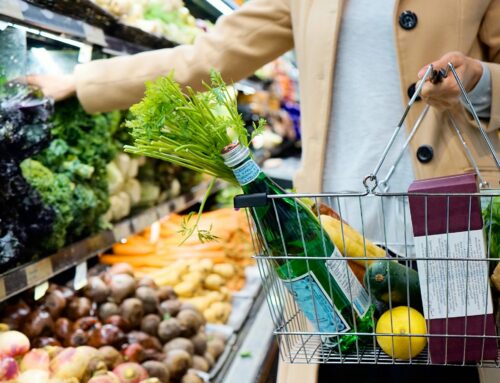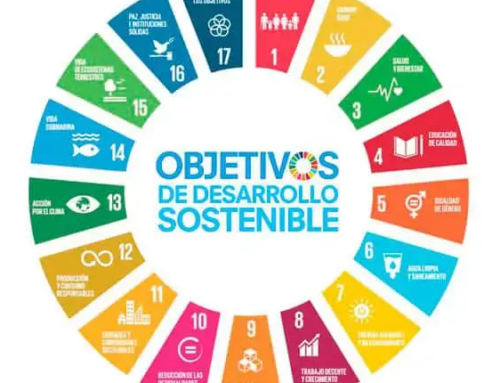The Sustainable Development Goals (SDGs) are a global agenda that seeks to improve the living conditions of people and the planet. The 17 goals include eradicating poverty, protecting the environment, promoting peace and equality, and fostering innovation and economic growth.
To achieve these objectives, it is necessary for all actors in society to commit themselves and act responsibly and in solidarity. In this sense, companies have a key role to play, as they can contribute to generating a positive impact on their environment through their activities, products and services.
One way to do this is to integrate the SDGs into your internal quality system, i.e. the set of rules, procedures and tools that ensure the effectiveness and continuous improvement of your processes. In this way, companies can align their strategy with the principles of sustainable development, identify their risks and opportunities, measure their performance and be accountable for their results.
In this article we will see how a supermarket chain can implement the SDGs in its internal quality system by following the steps below:
1. Conduct an initial diagnosis to determine the organization’s level of compliance with the SDGs, as well as its strengths and weaknesses.
2. Establish a quality policy and objectives based on the SDGs, reflecting the company’s vision, mission and values.
3. Define and implement an action plan to achieve the proposed objectives, assigning responsibilities, resources and deadlines.
4. Evaluate and monitor progress and results obtained, using appropriate indicators and measurement tools.
5. Communicate and disseminate achievements and good practices, both internally and externally, to generate trust and recognition.
Some examples of actions that a supermarket chain can take to integrate the SDGs into its internal quality system are:
– Reduce food waste and energy and water consumption in its facilities.
– To offer local, organic and fair trade products that respect the human and labor rights of producers.
– Promote healthy habits among its customers and employees through information and awareness campaigns.
– Support social and environmental projects in the communities where it operates, through donations or volunteering.
– Incorporate environmental, social and ethical criteria in its supplier selection and contracting processes.
As we can see, implementing the SDGs in the internal quality system of a supermarket chain can bring multiple benefits, both for the company and for society and the planet. It is an opportunity to improve the organization’s competitiveness, reputation and profitability, while contributing to a fairer, more inclusive and sustainable world.






